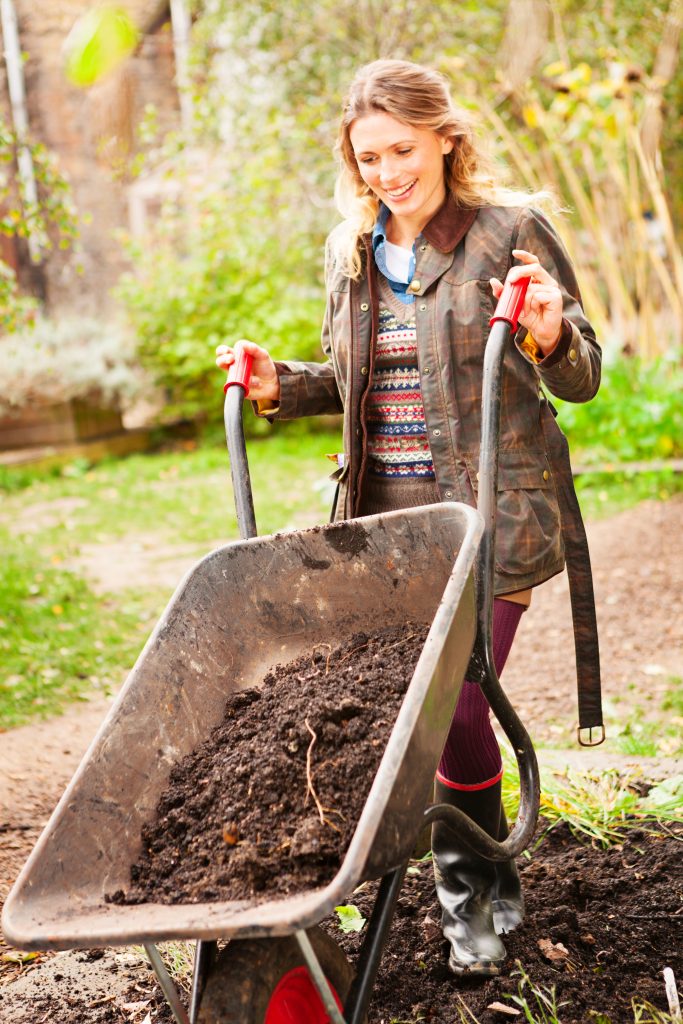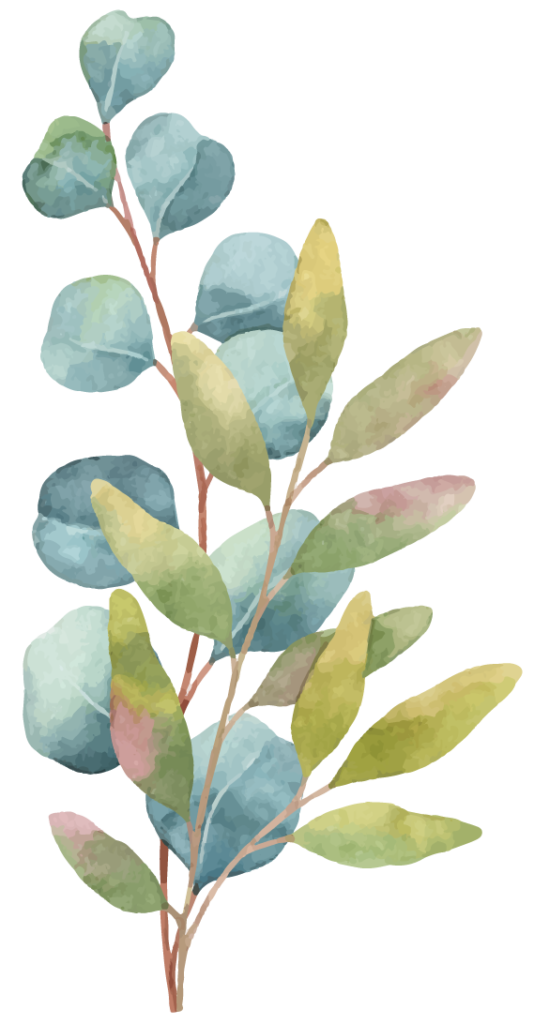As the garden slows down for winter, November is the perfect time to mulch your beds.
Think of mulch as a protective blanket for your soil, offering a host of benefits that not only safeguard plants during the cold season but also set the stage for healthier growth come spring.
Why Mulch in Autumn?
- Protects plant roots from cold snaps and soil temperature swings
- Suppresses weed growth over winter and early spring
- Improves soil structure and fertility as it slowly breaks down
- Retains soil moisture, reducing water stress
- Encourages beneficial soil life, supporting long-term plant health
Types of Mulch
You can choose between homemade mulch using garden and kitchen waste, or commercial mulch options, each has their own advantages.
🍂Homemade Mulch: Make Your Own Garden Gold
Composting your own mulch is a sustainable and cost-effective option, especially in autumn when leaves and cuttings are abundant. The ideal mix consists of:
- 25–50% “green” materials: fresh, nitrogen-rich waste like grass clippings, vegetable peelings, and spent annuals
- 50–75% “brown” materials: carbon-rich items like fallen leaves, shredded woody prunings, straw, and shredded newspaper
This balanced mix allows microorganisms to break it down efficiently, producing rich, crumbly mulch within 12 to 18 months, depending on conditions. Store the mix in a compost bay or bin, turning it occasionally to speed up decomposition. Avoid adding cooked food, meat, or dairy products to prevent attracting pests.
🛒Purchased Mulch Options
- Bark chippings – neat, long-lasting, and excellent at suppressing weeds
- Well-rotted manure – ideal for nutrient-hungry beds, especially vegetables and roses
- Composted wood fines or soil conditioners – improve texture and feed the soil, great for borders
- Leaf mould – great for improving soil structure, especially in heavy or sandy soils
- Mineralised straw mulch products – increasingly popular, these offer excellent weed suppression and are especially helpful in det
How to Apply Mulch
Apply a 5–7 cm (2–3 inch) layer over moist, weed-free soil. Keep mulch a few centimetres away from the base of plants to prevent rot. Avoid applying to frozen ground, instead wait for a mild spell to ensure best results.
Need help preparing your beds, choosing the right mulch, or applying it properly?
Our experienced team is here to support your garden through the seasons with expert care and sustainable solutions. Contact us for personalised autumn mulching services.

